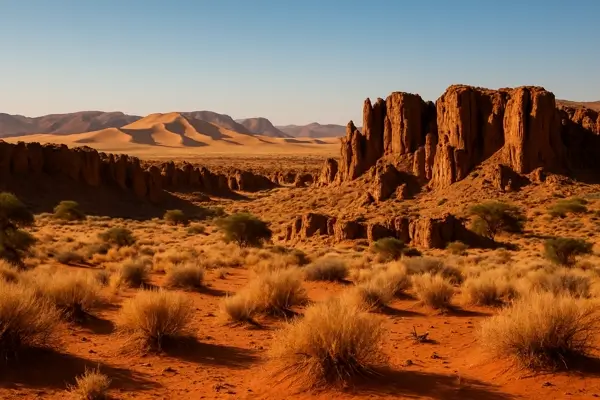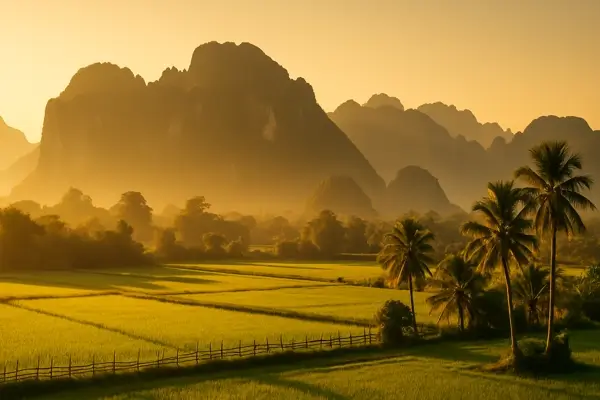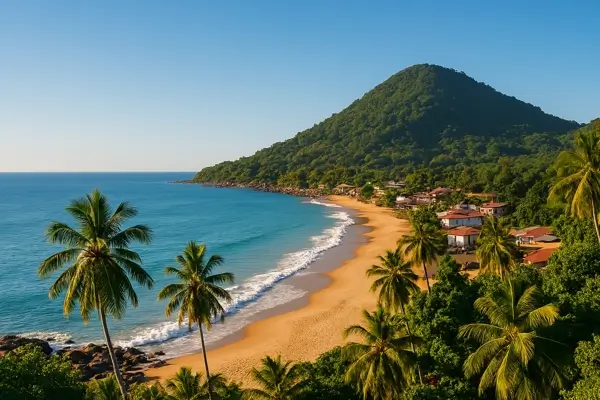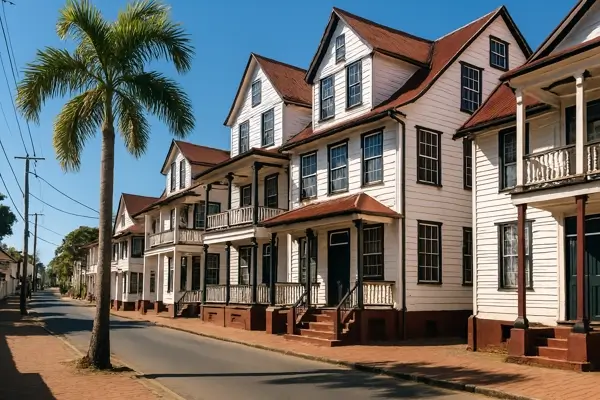
The Heart of Africa
Chad is often referred to as the "Heart of Africa" because of its central location on the continent. It is landlocked and borders Libya, Sudan, Central African Republic, Cameroon, Nigeria, and Niger, making it a key crossroads for trade and culture.
A Land of Deserts and Savannas
Chad’s landscape is incredibly diverse, ranging from the Sahara Desert in the north to lush savannas and grasslands in the south. The country’s diverse geography supports a variety of wildlife and ecosystems, including dunes, oases, and seasonal wetlands.
The Largest Lake in Chad
Lake Chad is one of the largest lakes in Africa, although it has been shrinking over the years due to climate change and overuse. It spans parts of Chad, Niger, Cameroon, and Nigeria, and has been crucial for the livelihoods of millions of people in the region.
Diverse Ethnic Groups
Chad is home to over 200 ethnic groups, with the largest being the Sara, Tubu, and Arab populations. These groups have their own languages, traditions, and cultures, and the country’s national identity reflects a blend of African and Arab influences.
Official Languages
Chad’s official languages are Arabic and French, a result of its colonial history under France and the influence of Arab culture in the north. The majority of the population speaks Chadian Arabic and Sara, while several indigenous languages are also widely spoken.
The Sahara Desert
A significant portion of northern Chad is covered by the Sahara Desert, which is home to vast sand dunes, rock formations, and oases. This stark, arid region is sparsely populated but has been historically important as a trade route across the African continent.
A Challenging History
Chad has faced political instability and conflict throughout much of its modern history, including civil wars and tensions with neighboring countries. The country’s challenges have been compounded by poverty, droughts, and ongoing conflicts in the Lake Chad Basin region.
The Ennedi Plateau
The Ennedi Plateau in northeastern Chad is known for its stunning rock formations, caves, and ancient petroglyphs. This UNESCO World Heritage site is a natural wonder and contains some of the most breathtaking landscapes in the country, offering a glimpse into Chad’s geological history.
Cultural Heritage and Festivals
Chad has a rich cultural heritage, with traditional music, dance, and festivals playing a vital role in its communities. The Guelta d'Archei is a cultural site where nomadic Tubu tribes gather, and Fête de la Musique is an annual celebration of the country’s music.
A Growing Oil Industry
Chad has a growing oil industry that has become one of the main contributors to its economy. The country is a producer of both crude oil and petroleum products, and its oil exports, primarily to China, have helped fuel its economic development in recent years.



